Micafungin
- CAS NO.:235114-32-6
- Empirical Formula: C56H71N9O23S
- Molecular Weight: 1270.28
- MDL number: MFCD09837852
- EINECS: 1806241-263-5
- SAFETY DATA SHEET (SDS)
- Update Date: 2023-09-06 17:45:48

What is Micafungin?
Absorption
Not absorbed orally
Toxicity
Intravenous LD50 in rats is 125mg/kg. In dogs it is >200mg/kg. No cases of overdosage have been reported. Repeated daily doses up to 8 mg/kg (maximum total dose of 896 mg) in adult patients have been administered in clinical trials with no reported dose-limiting toxicity. The minimum lethal dose is 125 mg/kg in rats, equivalent to 8.1 times the recommended human clinical dose for esophageal candidiasis based on body surface area comparisons.
Description
Micafungin, the second member of the echinocandin class of antifungal agents was launched in Japan for the parenteral treatment of various fungal infections caused by Aspergillus and Candida spp. such as fungaemia and respiratory and gastrointestinal mycoses. This water-soluble semisynthetic cyclic lipopeptide is synthesized by acylation with (5-(4- pentyloxyphenyl)isoxazol-3-yl)benzoate of the cyclic peptide nucleus (FR-179642).obtained by enzymatic cleavage of the naturally occurring echinocandin FR-901379, derived from the fungus Coleophoma empedri Micafungin acts by inhibiting the synthesis of 1,3-beta-glucan, an essential polysaccharide of the cell wall of many pathogenic fungi. Micafungin has a marked fungicidal effect on almost all species of Candida, including fluconazole-resistant spp. C. albicans, C. glabrata, C. Krusei, C. parapsilosis and C. tropicalis and a fungistatic effect on a range of Aspergillus species including A. flaws, A. fumigates and A. terreus. Like caspofungin, micafungin is inactive against Cryptococcus neoformans, and the emerging pathogen Trichosporon cutaneum and Fusarium solani. Micafungin has proved highly effective in mouse models of Cancfidiasis and Aspergillus infections (including those using an amphotericin B- and itraconazole-resistant isolate of A. fumigatus). In phase I studies, micafungin had linear pharmacokinetics with an elimination half-life ranging from 11.7 to 15.2 h after injection and was well tolerated.
Originator
Fujisawa (Japan)
The Uses of Micafungin
Micafungin is a semi-synthetic cyclic lipopeptide belonging to the echinocandin class that was reported in 1999 from Fujisawa in Japan. Unlike other marketed semi-synthetic derivatives in this class, micafungin is not derived from echinocandin but rather from FR901379 which contains a phenolic sulphate to enhance aqueous solubility, a serious limitation in the class. Micafungin inhibits the synthesis of β-(1,3)-D-glucan, an essential component of the cell wall of susceptible fungi and is extensively referenced in the literature with over 700 citations.
The Uses of Micafungin
An echinocandin antifungal drug which inhibits the synthesis of 1,3-β-D-glucan, an essential component of the fungal cell wall, and represent a valuable treatment option for fungal infections.
The Uses of Micafungin
Micafungin is an antifungal drug that inhibits the production of β-1,3-glucan, an essential component of fungal cell walls.
Background
Micafungin is an antifungal drug. It belongs to the antifungal class of compounds known as echinocandins and exerts its effect by inhibiting the synthesis of 1,3-beta-D-glucan, an integral component of the fungal cell wall.
Indications
Indicated for the treatment of candidemia, acute disseminated candidiasis, and certain other invasive Candida infections, as well as esophageal candidiasis, and prophylaxis of Candida infections in patients undergoing hematopoietic stem cell transplantation. Micafungin is also used as an alternative for the treatment of oropharyngeal candidiases and has been used with some success as primary or salvage therapy, alone or in combination with other antifungals, for the treatment of invasive aspergillosis.
Indicated for the prophylaxis of Candida infections in patients undergoing hematopoietic stem cell transplantation.
What are the applications of Application
Micafungin is a semi-synthetic cyclic lipopeptide of the echinocandin class
Definition
ChEBI: A cyclic hexapeptide echinocandin antibiotic which exerts its effect by inhibiting the synthesis of 1,3-beta-D-glucan, an integral component of the fungal cell wall. It is used as the sodium salt for the treatment of invas ve candidiasis, and of aspergillosis in patients who are intolerant of other therapy.
brand name
Mycamine(Astellas);Funguard.
Antimicrobial activity
It is active against Aspergillus spp., Candida spp. and the cyst form of Pn. jirovecii. Resistance has rarely been reported.
Pharmaceutical Applications
A semisynthetic lipopeptide derived from a fermentation product of Coleophoma empetri. Formulated as the monosodium salt for intravenous infusion.
Pharmacokinetics
Formerly known as FK463, micafungin is a semisynthetic lipopeptide synthesized from a fermentation product of Coleophoma empetri that works as an antifungal agent. It is a glucan synthesis inhibitor of the echinocandin structural class. The U.S. Food and Drug Administration approved micafungin in March 2005. Micafungin inhibits an enzyme essential for fungal cell-wall synthesis. Depending on its concentration, micafungin may be fungicidal against some Candida, but is usually fungistatic against Apergillus. Micafungin can be used concomitantly with a variety of other drugs, including the HIV protease inhibitor ritonavir and the transplant medications cyclosporine and tacrolimus.
Pharmacokinetics
Cmax 50 mg 1-h infusion: c. 5 mg/L 1 h post infusion
Plasma half-life: 11–15 h
Volume of distribution: 0.4 L/kg
Plasma protein binding: 99%
Blood concentrations increase in proportion to dosage. Unlike anidulafungin and caspofungin, a loading dose is not required.
Distribution
The drug is widely distributed, the highest concentrations being found in the liver. Levels in the CSF and urine are negligible.
Metabolism and excretion
It is metabolized by the liver and the three inactive metabolites are excreted in the feces (70%). Less than 1% of a dose is eliminated as unchanged drug in the urine. No dosage adjustment is required in patients with severe renal impairment or mild to moderate hepatic impairment. The effect of severe hepatic impairment on micafungin pharmacokinetics has not been studied. Micafungin is not cleared by hemodialysis.
Clinical Use
Candidemia and certain invasive forms of candidosis
Esophageal candidosis
Prophylaxis of Candida infections in hematopoietic stem cell transplant
(HSCT) recipients
Side Effects
Occasional histamine-mediated infusion-related reactions, injection site reactions and transient abnormalities of liver enzymes have been reported. Isolated cases of significant hepatic or renal dysfunction, hepatitis, or liver or renal failure have also been described.
Drug interactions
Potentially hazardous interactions with other drugs
Ciclosporin: possibly increases ciclosporin
concentration.
Sirolimus: increases sirolimus concentration.
Metabolism
Micafungin is metabolized to M-1 (catechol form) by arylsulfatase, with further metabolism to M-2 (methoxy form) by catechol-O-methyltransferase. M-5 is formed by hydroxylation at the side chain (w-1 position) of micafungin catalyzed by cytochrome P450 (CYP) isozymes. Even though micafungin is a substrate for and a weak inhibitor of CYP3A in vitro, hydroxylation by CYP3A is not a major pathway for micafungin metabolism in vivo.
Metabolism
Metabolised in the liver by arylsulfatase to its catechol form and further metabolised to the methoxy form by catechol-O-methyltransferase. Some hydroxylation to micafungin via cytochrome P450 isoenzymes also occurs. Exposure to these metabolites is low and metabolites do not contribute to the overall efficacy of micafungin. After 28 days about 71% of a dose is recovered in the faeces and 12% in the urine.
Properties of Micafungin
| Melting point: | >198oC (dec.) |
| Density | 1.62±0.1 g/cm3(Predicted) |
| storage temp. | Hygroscopic, -20°C Freezer, Under inert atmosphere |
| solubility | DMSO (Slightly), Methanol (Very Slightly, Heated) |
| form | Solid |
| pka | -4.46±0.18(Predicted) |
| color | White to Off-White |
| Stability: | Hygroscopic |
Safety information for Micafungin
Computed Descriptors for Micafungin
Micafungin manufacturer
PROTECH TELELINKS
Sumar Biotech LLP
BDR Pharmaceuticals International Pvt Ltd
New Products
(S)-3-Aminobutanenitrile hydrochloride 4-Methylphenylacetic acid N-Boc-D-alaninol N-BOC-D/L-ALANINOL Tert-butyl bis(2-chloroethyl)carbamate 3-Morpholino-1-(4-nitrophenyl)-5,6-dihydropyridin- 2(1H)-one Furan-2,5-Dicarboxylic Acid Tropic acid 1-Bromo-3,5-Di-Tert-Butylbenzene S-2-CHLORO PROPIONIC ACID ETHYL ISOCYANOACETATE 2-Bromo-1,3-Bis(Dimethylamino)Trimethinium Hexafluorophosphate 4-IODO BENZOIC ACID 3-NITRO-2-METHYL ANILINE 1-(2,4-DICHLOROPHENYL) ETHANAMINE (2-Hydroxyphenyl)acetonitrile 4-Bromopyrazole 2-(Cyanocyclohexyl)acetic acid 4-methoxy-3,5-dinitropyridine 1-(4-(aminomethyl)benzyl)urea hydrochloride 2-aminopropyl benzoate hydrochloride diethyl 2-(2-((tertbutoxycarbonyl)amino) ethyl)malonate tert-butyl 4- (ureidomethyl)benzylcarbamate Ethyl-2-chloro((4-methoxyphenyl)hydrazono)acetateRelated products of tetrahydrofuran
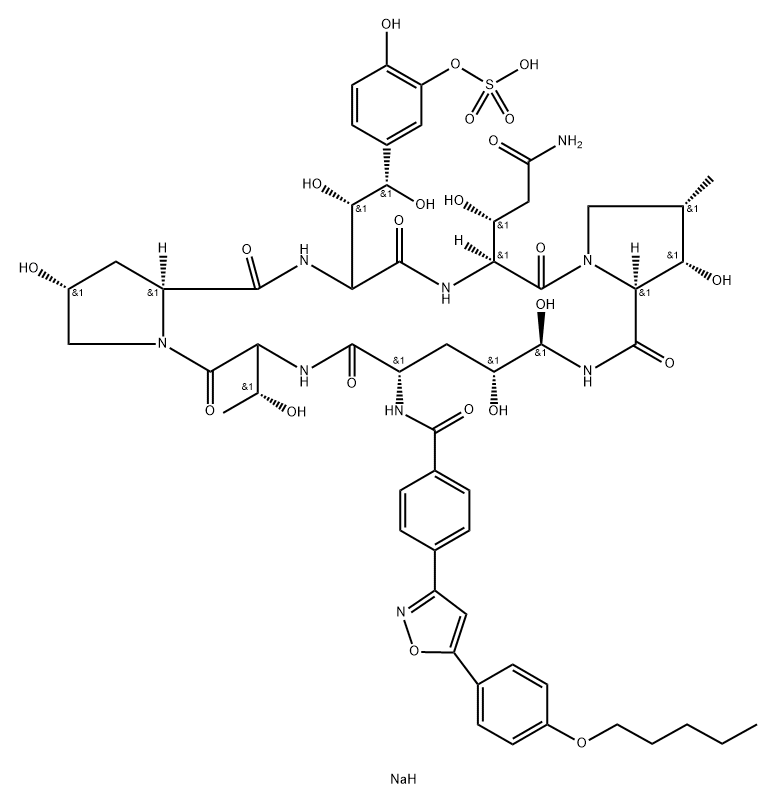
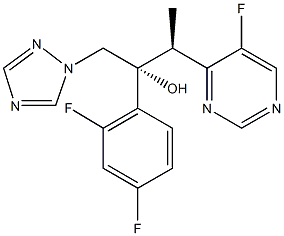
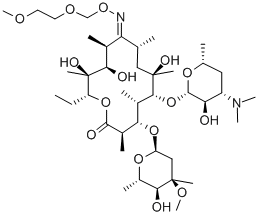
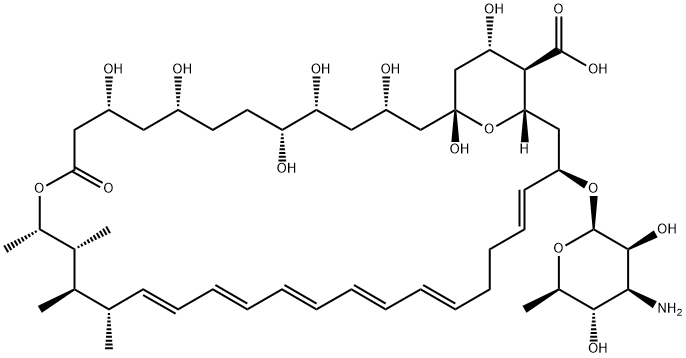
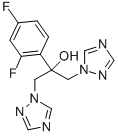
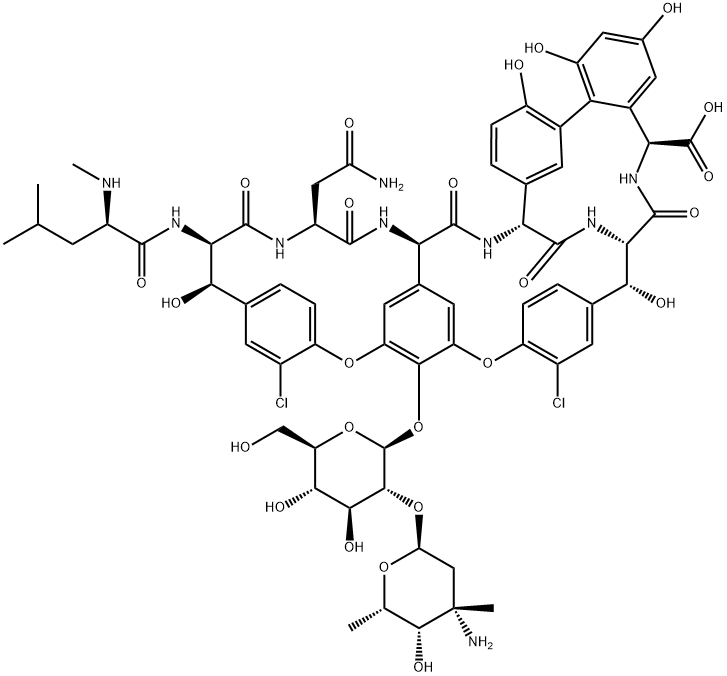
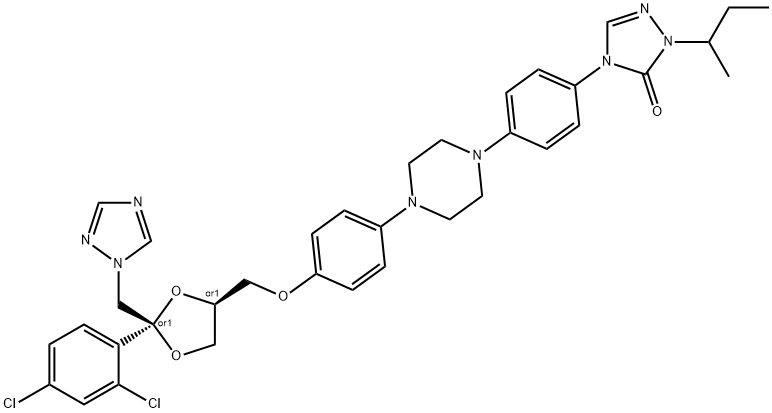
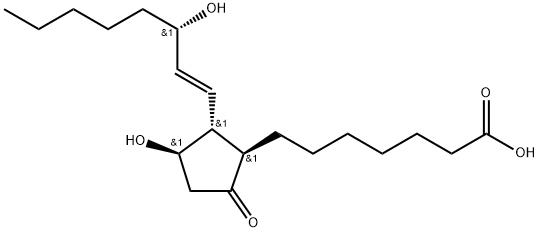
You may like
-
 235114-32-6 Micafungin 98%View Details
235114-32-6 Micafungin 98%View Details
235114-32-6 -
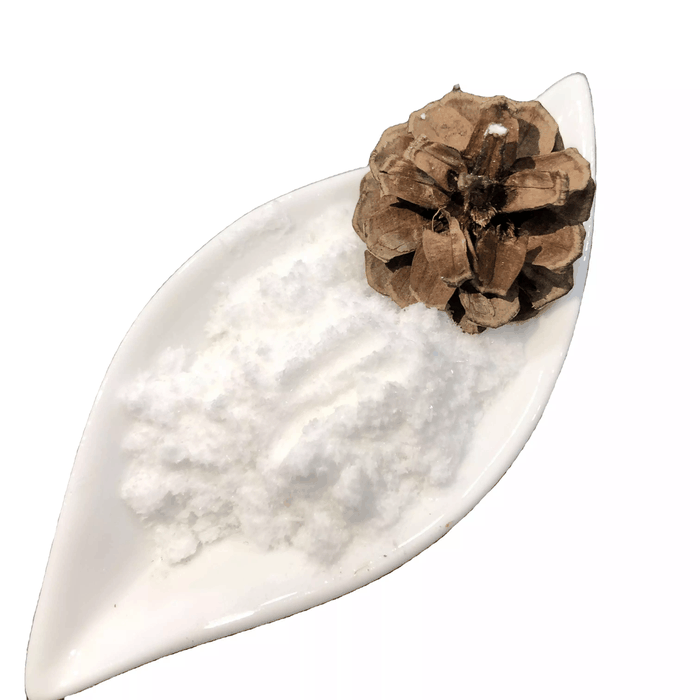 235114-32-6 98%View Details
235114-32-6 98%View Details
235114-32-6 -
 Micafungin 98%View Details
Micafungin 98%View Details
235114-32-6 -
 Micafungin 235114-32-6 98%View Details
Micafungin 235114-32-6 98%View Details
235114-32-6 -
 235114-32-6 Micafungin 98%View Details
235114-32-6 Micafungin 98%View Details
235114-32-6 -
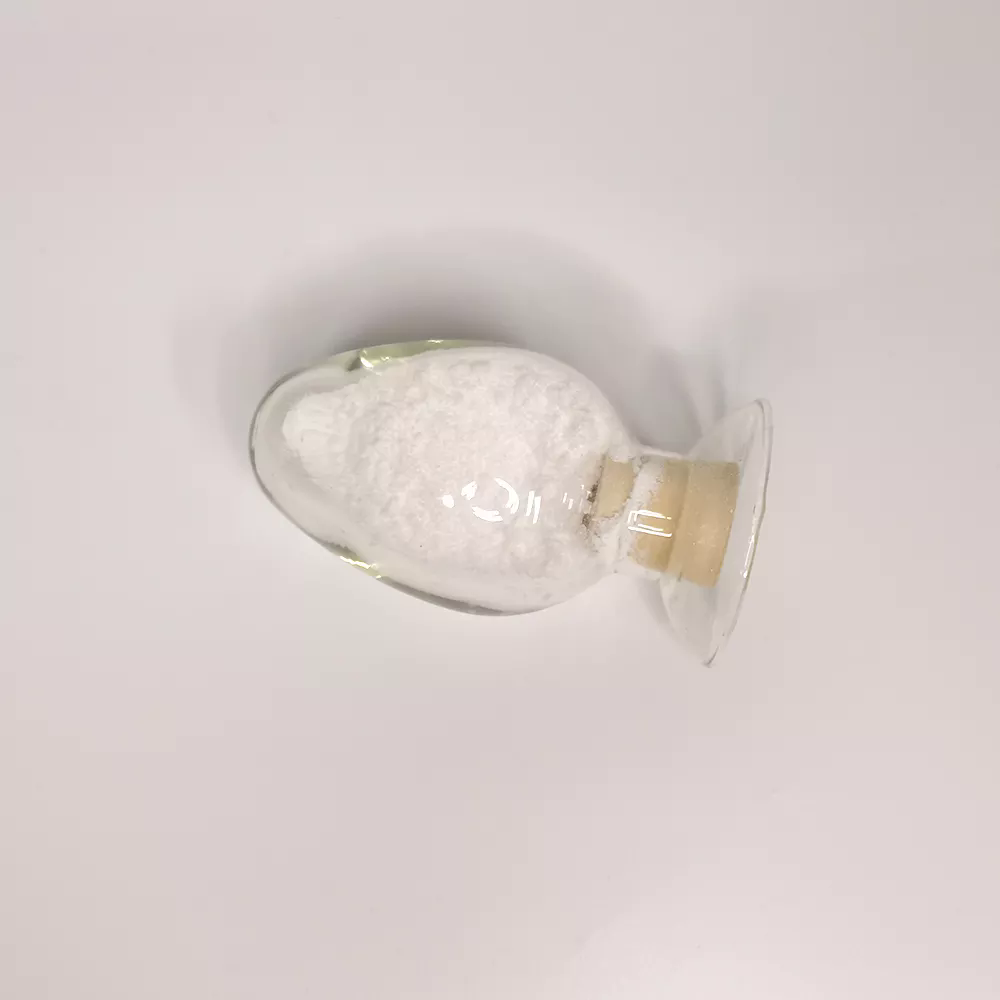 235114-32-6 98%View Details
235114-32-6 98%View Details
235114-32-6 -
 Micafungin 98%View Details
Micafungin 98%View Details
235114-32-6 -
 118753-70-1 98+View Details
118753-70-1 98+View Details
118753-70-1